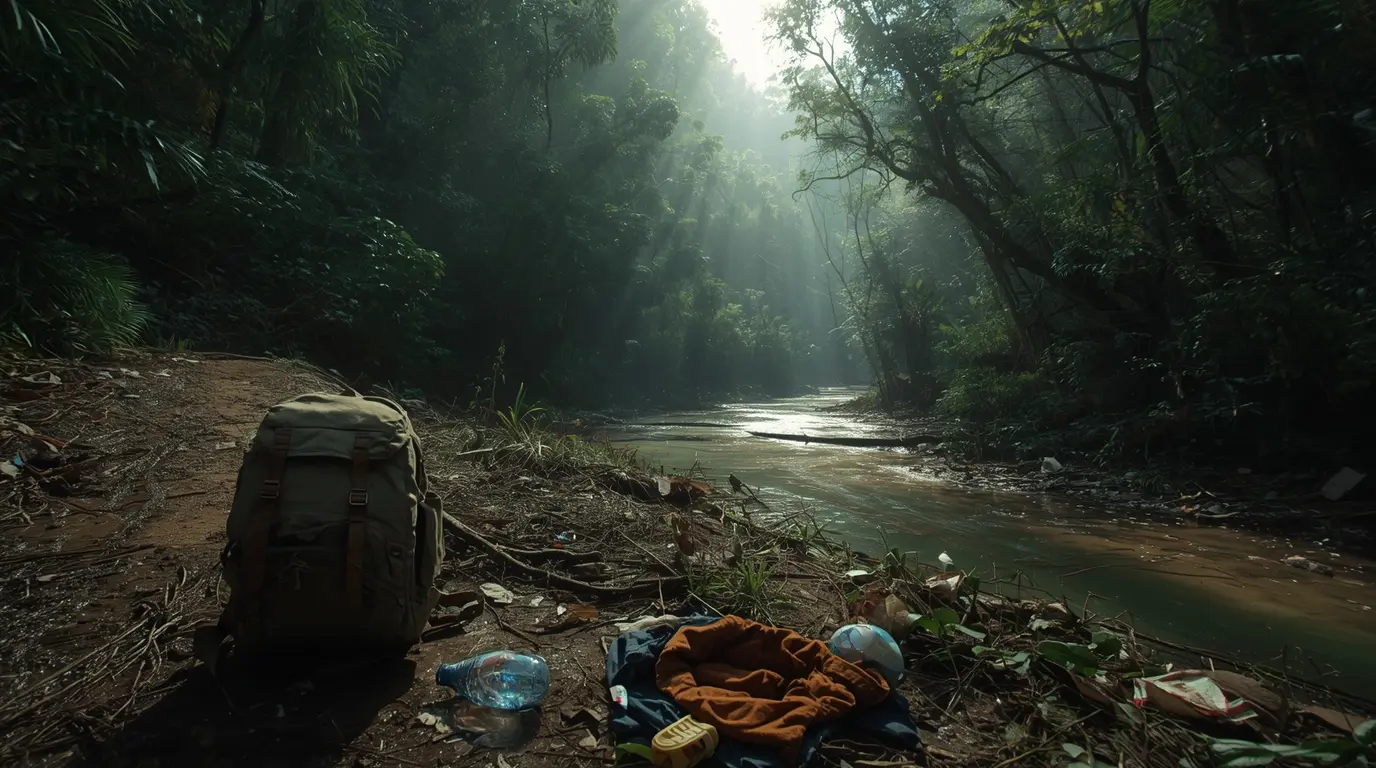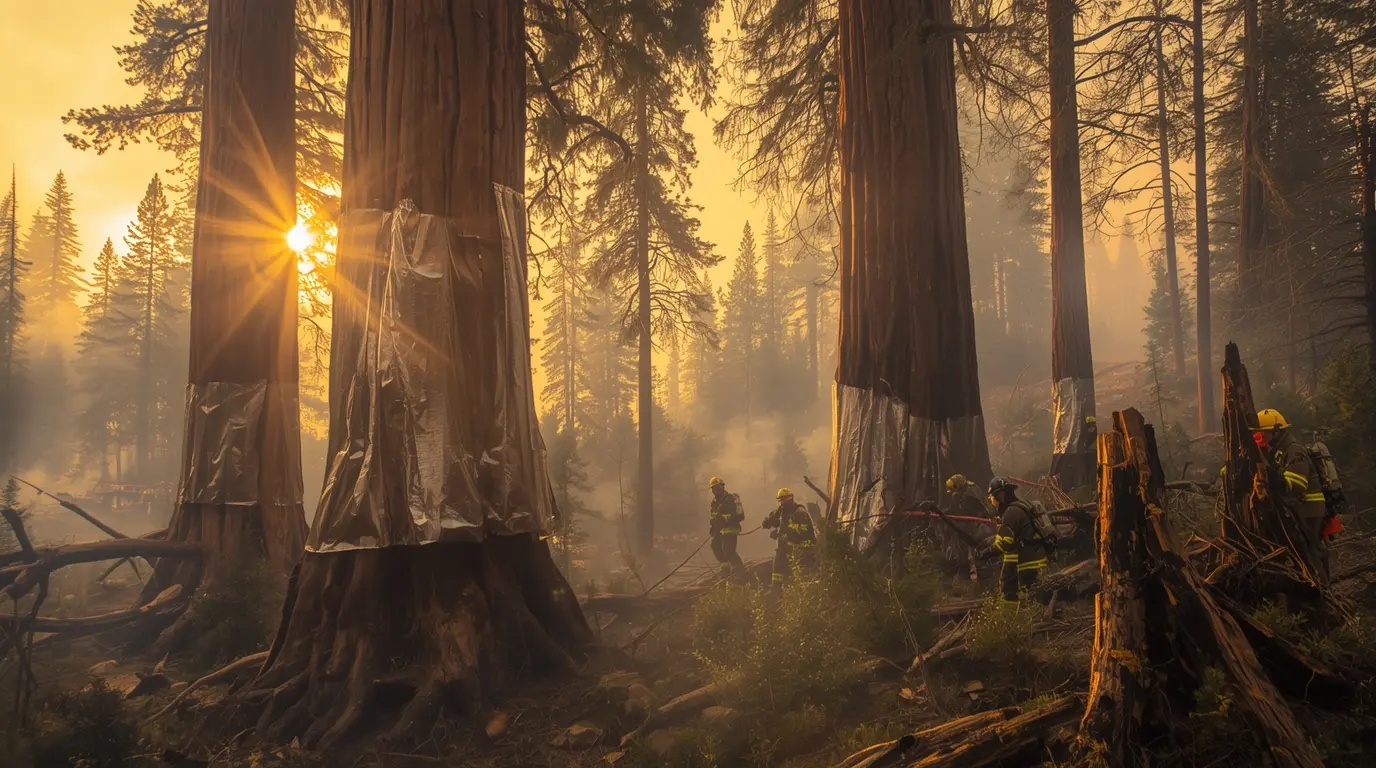Introduction
The Darien Gap, that wild stretch of jungle wedged between Colombia and Panama, has always been about more than just dense trees and ferocious rivers. For thousands, it has been an ever-present story of painful migration, and, more recently, survival itself. Today, headlines brag about a supposed “closure.” The numbers say crossings have plunged by a jaw-dropping 99.98%. At first glance, that sounds like a success story. But look closer, and the numbers reveal a far messier picture. This post will unpack what is really happening in the Darien Gap, including the political games behind the drastic drop, the ongoing scars on nature, and the quiet suffering of the still-growing numbers who cannot find a way through.
The Dramatic Plunge in Migrant Crossings
According to the Department of Homeland Security (DHS), migration through Darien has dropped further than anyone predicted. After once hitting monthly highs of 82,000, numbers fell to just 13 in May 2025, and 10 in June. Government officials often credit the sharp drop to the prior administration’s tough border security plan, consisting of mass deportations, a near-total ban on releasing apprehended migrants, and a “stop it before it starts” strategy that pushed Colombia and Panama to stop more caravans in their tracks.
A central part of the government’s approach is the CBP Home App, which offers monetary rewards to undocumented migrants inside the U.S. who voluntarily leave. The program covers free transport to their home country and includes a payment of $1,000. At the same time, the Biden administration is airing broad radio, television, and social media campaigns across Latin America, showing migrants the risks of the trip and the slim chance of success if they cross the border illegally. The combined effect has driven down the business of human smuggling routes. In the first half of this year alone, less than a tenth of the usual 500,000 migrants are now crossing the perilous jungle of the Darien Gap.
A Major Environmental Mess Enduring Distress
Even though the human stream has slowed, the Darien Gap now faces a historic ecological emergency. The passage of 1.2 million people over the past few years has damaged rivers, forests, and wildlife inside one of the world’s oldest tropical preserves.
Up to 2,500 Metric-Ton of Debris: The old pathways are now choking on an estimated 2,500 metric-ton of waste. Laid carelessly beneath the jungle canopy are torn plastic jugs, run-down sleeping bags, scavenged or discarded children’s clothes, and jumbled backpacks. Many containers now block narrow streams or hang from taut tree trunks, threatening to remain for generations.
Alarming Water Pollution in Panama
Recent government tests show that vital waterways—like the Turquesa River—are contaminated with dangerously high levels of fecal coliform and harmful substances, including gasoline. Indigenous groups, particularly the Comarca Embera, are sounding the alarm. Residents report painful skin rashes and other health issues after bathing in or drinking the polluted water. Campesinos and Indigenous health clinics are overwhelmed, and the water current becomes a silent, spreading clinic of stomach pains and the embarrassment of rotting, battlefield-like skin that families keep inside the folds of human shame, unwilling to show the stain in clinic after clinic from El Boquete to Yaviza.
Criminal Groups Fuel Environmental Collapse
The arrival of migrants seeking refuge and the criminal networks that exploit their vulnerabilities are turning once-pristine areas into wasteland. The Gulf Clan, a notorious Colombian paramilitary group, has moved beyond human smuggling to run illegal gold mines. For every ounce of gold, they pour toxic mercury into the rivers. While the same paramilitaries clear forests to plant coca and open pasture for cattle, satellite imagery reveals something that should alarm every student of geography or public health: deforestation in the controversial and isolated Darién region jumped in 2023, erasing the environmental gains of prior years in a deadly reversal.
Urgent Funding Needed for Cleanup
Panamanian Environmental Minister Juan Carlos Navarro has laid the cleanup costs—$12 million—squarely in the lap of the international community, particularly the U.S. He frames the request as a moral obligation: American immigration policies, he argues, have helped tempt and finally endanger communities from the mountains to the rivers of Darién. Footing this bill becomes not charity, but the logical conclusion of a global interdependence that once thrived on shared waterways and trust.
The Human Toll: Beyond the Headlines
Even now, people say the plan to “close the Darien Gap” is just a distraction, shuffling the pain around without ever fixing anything. The jungle still deserves its nickname “El Infierno Verde” (The Green Hell). The travelers who made it through the Darien Gap before new rules cut their numbers still tell of horrors most can only picture during a nightmare:
Extreme Violence: Thieves, gangs, and predators waited in the brush, stealing money and documents. For too many, the worst wound went unseen, yet their doctors report rape figures that echo battle zones, “a level rarely seen outside of war.” The comparison is no exaggeration.
Lethal Terrain: The Darien Gap’s landscape and its animals add their own toll. Rivers drag away shoes and sometimes bodies. Sudden rock slides crush, and snakes, spiders, and falling trees become new ends to most travelers who break stride. It is common to see a corpse days after someone made the choice to keep moving.
Enduring Trauma: The mind’s injuries keep pace. Survivors wrestle daily with unending anxiety, a sprint away from something that looks like deportation, and memories of screams only a sibling or a parent can echo. The trauma is the problem that finally arrives at the new camp’s plastic cot and flashing lights.
The UN Human Rights Office, in collaboration with regional ombudsman offices, has launched a new tracking tool to keep a close eye on human rights abuses happening to migrants. The system collects data and develops recommendations to shape stronger protection policies for those on the move. Yet, the reasons that drive people to leave in the first place—economic failing, unstable governments, violence, and climate change in home countries—still need real, long-term solutions. Echoing that concern, a recent piece of writing observed, “closing the Darien Gap won’t stop desperate individuals with nothing to lose from finding another, equally deadly route.”
Conservation Efforts and Future Threats
As the flow of migrants slows, Panama has turned attention to the need to safeguard the priceless ecosystems of the Darien Gap. The government has hired and trained dozens of new park rangers, equipping them with technology that includes Starlink internet and EarthRanger software to counter illegal mining, illegal logging, and rampant deforestation. Partnerships with groups such as Global Conservation are advancing “Global Park Defense” programs that aim to bring a strict “No Cut, No Kill” mandate to the national park in the next five years.
Yet fresh dangers gather on the horizon. Work on new bridges and highway extensions along the last stretches of the Pan-American Highway risks turning this once-isolated corridor into a magnet for settlers, land speculators, and unchecked development, possibly sending a fresh wave of ecological ruin through the Darien Gap. Officials now face the uphill task of steering economic growth and safe passage for remote villagers away from paths that would tear apart one of the world’s last great biodiversity strongholds.
Conclusion: The Uncertain Tomorrow of the Darien Gap
Now a hush blankets the Darien Gap, but the quiet is misleading. Fewer people now attempt the lethal crossing, and that drop figures into any policy scorecard. Still, there is no turning point for human rights, no heal for the broken land. The Darien Gap stands unused, a silent stage set for colonial acts: press briefings on closure hide a grim underbelly of violence, permanent scars on the earth, and streams of human ache veering to routes no safer than the last. The true measure of the Darien Gap, and of the signatory governments, will be whether this lull is seized to confront migration’s real drift.
Source: https://www.aljazeera.com/opinions/2025/8/22/the-darien-gap-closure-border-theatre-in-the-jungle
For more incredible stories of everyday news, return to our homepage.





